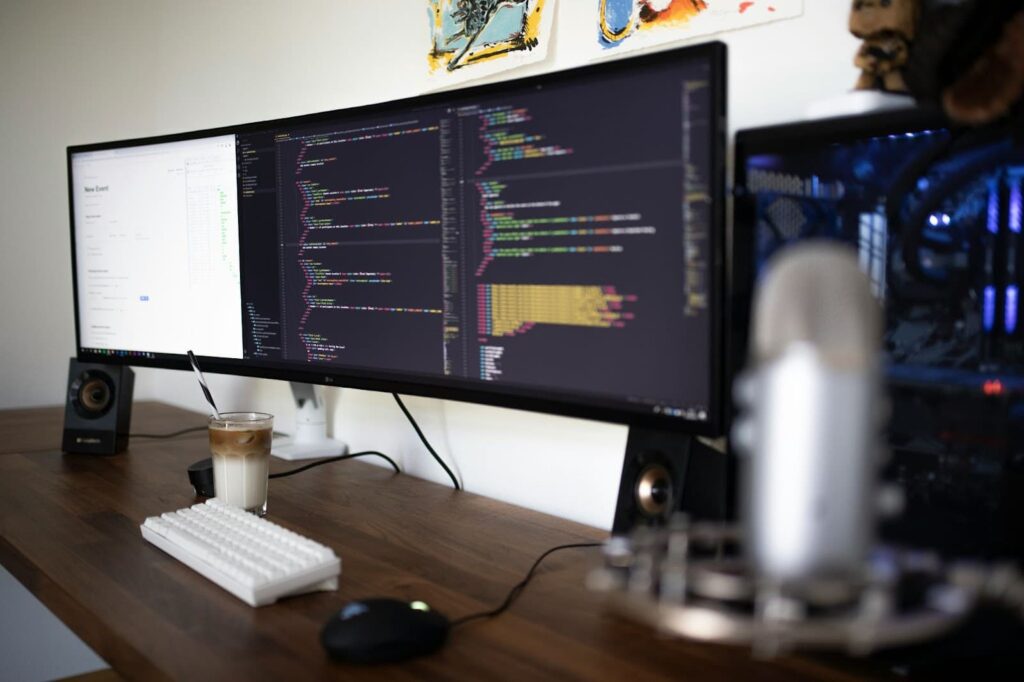Over the last decade, cloud computing has reshaped the way businesses operate, enabling rapid innovation, global collaboration, and scalable digital transformation. But the cloud of the future is not just about offloading servers or renting computing power—it’s evolving into something far more intelligent, decentralized, and integral to nearly every aspect of modern life.
From AI-powered services to edge computing, multi-cloud strategies, and industry-specific platforms, the next generation of cloud platforms is set to transform the digital world all over again.
Let’s explore what the future of cloud platforms looks like and how it will redefine how we build, connect, and think in the digital age.
🌐 1. Cloud as a Foundation for Everything-as-a-Service (XaaS)
The traditional model of cloud—focused on infrastructure (IaaS), platforms (PaaS), and software (SaaS)—is giving way to an Everything-as-a-Service approach. In the future, cloud platforms will offer modular, composable digital services across every industry.
What to Expect:
- AI-as-a-Service: Easily deployable machine learning models for finance, healthcare, logistics, and more.
- Blockchain-as-a-Service: Secure, scalable blockchain layers for identity verification, supply chains, and contracts.
- Security-as-a-Service: Adaptive cloud-based security models for rapidly evolving threats.
💡 Unique Shift: Cloud platforms are becoming more than delivery systems—they’re turning into ecosystems of innovation, where businesses can plug in capabilities on demand.
☁️ 2. Multi-Cloud and Interoperability: The End of Vendor Lock-In
Businesses are increasingly moving away from relying on a single cloud provider, embracing a multi-cloud strategy that taps into the best services from AWS, Google Cloud, Microsoft Azure, Oracle, and others.
Why This Matters:
- Reduces risk of downtime or outages from a single provider.
- Enhances cost control by choosing the most efficient service for each task.
- Offers geopolitical flexibility by deploying workloads across different jurisdictions.
🚀 What’s Next? Expect cloud orchestration layers and standardized APIs that make switching providers or spreading workloads across clouds as easy as toggling a switch.
🌍 3. Edge Computing + Cloud = The Real-Time Revolution
Cloud platforms are no longer confined to massive data centers. With the rise of edge computing, cloud services are being pushed closer to users and devices, allowing ultra-low latency and real-time processing.
Real-World Applications:
- Autonomous vehicles processing sensor data instantly.
- Smart cities managing infrastructure like traffic lights or energy grids.
- Industrial IoT systems monitoring machines on the factory floor.
💡 Unique Advantage: The future cloud will be distributed, living in everything from cell towers to smart homes, blending global intelligence with local immediacy.
🤖 4. AI-Native Clouds: Intelligence Built In
The next-gen cloud will not just host your data—it will understand it, interpret it, and act on it.
How It Changes the Game:
- Cloud-native AI will allow applications to learn, adapt, and improve in real time.
- AI services will become embedded features, not separate tools—think smart search, predictive analytics, and automated workflows.
- Platforms like Google Cloud AI, Azure Cognitive Services, and AWS SageMaker will become the brains behind enterprise decisions.
🧠 Future Trend: Every cloud platform will become an AI platform, turning data into decisions and services into intelligent ecosystems.
🔐 5. Trust and Security as Core Features, Not Add-Ons
As more critical infrastructure moves to the cloud—from hospitals to banks to government agencies—security and trust become central.
Security Trends:
- Zero Trust Architectures becoming the norm.
- Confidential computing that keeps data encrypted even during processing.
- Decentralized identity platforms powered by blockchain.
🔒 What’s Unique? In the future, trust in cloud platforms won’t just come from compliance—it will come from transparency, user control, and built-in resilience.

🌱 6. Sustainable Cloud Platforms: Green Computing at Scale
With data centers consuming enormous amounts of energy, the cloud industry is under pressure to become environmentally sustainable. Future cloud providers are building carbon-aware services, using renewable energy and optimizing energy efficiency through AI.
What to Watch:
- Serverless computing models that reduce idle resource use.
- Energy-aware workloads that shift computing tasks based on clean energy availability.
- Green data centers with liquid cooling, solar energy, and recycled hardware.
🌍 Future Vision: The cloud becomes a net-positive force for sustainability, supporting climate goals while powering global innovation.
🛠 7. Vertical Clouds: Industry-Tailored Platforms
Rather than one-size-fits-all solutions, cloud providers are building industry-specific platforms with specialized tools and compliance.
Examples:
- Healthcare clouds with HIPAA-compliant data processing and telehealth APIs.
- Financial clouds optimized for regulatory reporting, fraud detection, and high-speed trading.
- Retail clouds that integrate AI-driven personalization, inventory management, and customer insights.
🏗 Unique Edge: These “vertical clouds” will let companies build faster and safer within their niche—no need to reinvent the wheel.
The future of cloud platforms isn’t just about bigger storage, faster speeds, or cheaper computing. It’s about bringing intelligence, flexibility, and human context into every digital interaction.
From AI-powered services to personalized cloud experiences and sustainable operations, tomorrow’s cloud platforms will act more like partners than providers—helping businesses, governments, and individuals innovate responsibly and adapt rapidly.
🚀 The cloud is no longer just the future of technology—it’s the foundation of how we’ll live, work, and connect in the future.